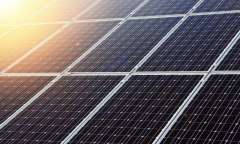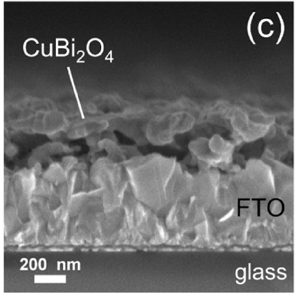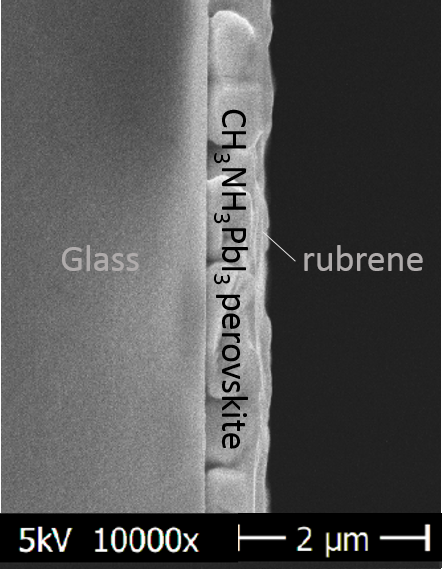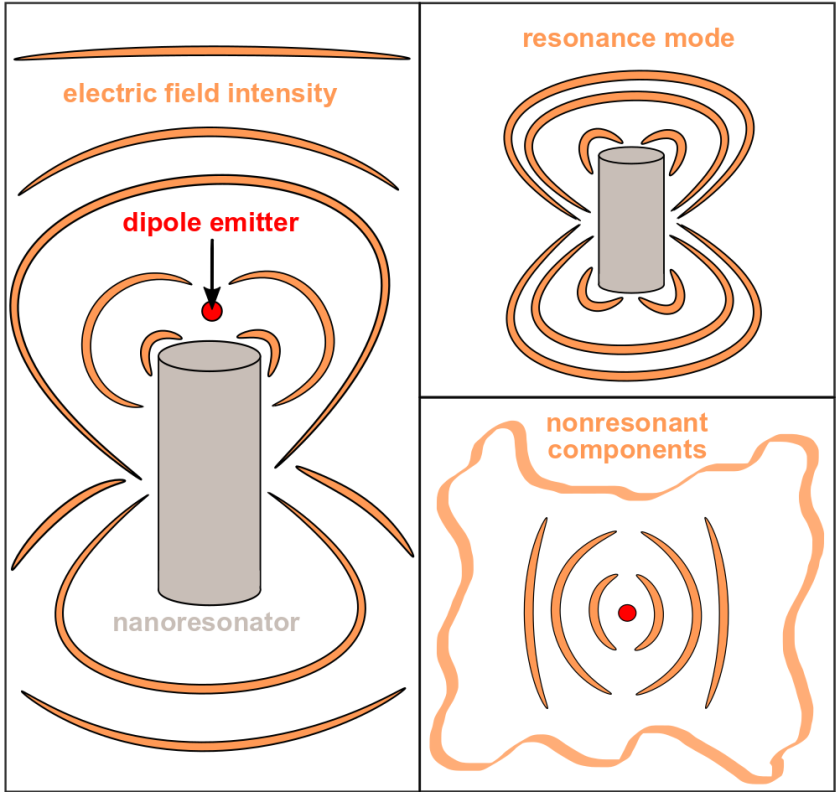Helmholtz Excellence Network SolarMath
Reaching the reduction in CO2 emissions set out in the Paris climate agreement will require great ingenuity. Applied mathematics and data sciences offer great opportunities for future technologies, of which humankind’s supply of sustainable energy is of particular importance and urgency. In view of the increasing complexity of these technologies, the Helmholtz Excellence Network SolarMath, an assembly of Helmholtz-Zentrum Berlin (HZB) and Berlin Mathematics Research Center MATH+, will develop cutting edge technologies and related models for solving new challenges in optics for solar energy.
On this page you will find more information on the research focus areas of the excellence network SolarMath. Further, we provide a list of publications resulting from the SolarMath project.
Project tasks and partners:
6 October 2021: Third European Workshop on Optics for Solar Energy

The Third European Workshop on Optics for Solar Energy will review current trends and recent developments in the field of optics and nanophotonics for solar energy conversion devices. The workshop covers various topics such as (nano-)optical light management for single-junction and tandem solar cells and solar fuel devices, photon up- and down conversion, optical modelling of mono- and bifacial solar modules and energy yield calculations.
Light management in photoelectrochemical and photovoltaic devices
A move towards tandem devices enables solar energy to be harvested more efficiently. This is because light absorbed by a semicondcutor with an energy higher than the material's band gap will create electrons which quickly thermalise. This means they lose energy as heat to the surroundings while providing energy equal to the semiconductor's band gap. A Tandem device has two seperate materials with a higher energy and lower energy band gap. Higher energy light will be absorbed by the higher band gap while lower energy light will be absorbed by the lower band gap. This means that the losses due to thermalisation are lower since the difference between the energy of absorbed photons and the semiconductor band gap is smaller. This concept can be realised with both Si / perovskite tandem photovoltaics for electricity generation and hybrid photochemical devices for water splitting.
The SolarMath project will use the mathematical tools developed by MATH+ to develop a comprehensive light management strategy for silicon / perovskite tandem solar cells that increases light absorption. This will be carried out by the Department Optics for Solar Energy as well as the Helmholtz Innovation Lab HySPRINT.
Additionally the SolarMath project will optimise the surface morphology of hybrid photoelectrochemical devices for higher light absorption. In order to accomplish this, novel models from the MATH+ project will be exploited. Work towards this goal will be carried out in the Department Optics for Solar Energy and the Photovoltaics to Fuels Technology Group at the Competence Center Photovoltaics Berlin (PVcomB).
Spectral manipulation
Spectral manipulation is a promising method for harvesting solar energy more efficiently. Light can only be absorbed by a semicondutor if it has energy equal to or higher than the semiconductor band gap energy. Any light with an energy below the band gap is lost. Certain materials are capable of convering two photons of a certain energy into a single photon of a higher energy. This process is refered to as upconversion. Upconverting materials allow lower energy photons to be converted into higher energies and subsequently absorbed by a solar energy device.
Within the SolarMath framework a model for photonic structures which will enhnace the light-matter interaction in thin film photon unpconverters will be developed. Additionally the effects of micro-cavities for the temporal manipulation of light emitters will be both theoretically and experimentally investigated. To achieve this new models from MATH+ will be crucial. High resolution spetcroscopy of the photonic structures and photovoltaic devices will strengthen the link between theory and experiment as well as providing more information about the photonic environment that the upconversion materials experience. These goals will be carried out by the Department Spins in Energy Conversion and Quantum Information Science in conjunction with the Department Optics for Solar Energy .
Simulation and optimization of photovoltaic and integrated solar fuel devices
In order to complete the goals already layed out in the SolarMath project, new modelling techniques are needed in order to tackle new mathematical problems such as isolated sources in periodic environments as well as to speed up the process of optimsation via intelligent parameter space sampling. While theoretical models will be partly covered by a project contained in MATH+ aspects relating to their application and their use in optimisation will be supported by the SolarMath excellence network. Thus the models will be able to be appropriatly verified and optimised via the support of the various cooperation partners at HZB.
The completion of these goals will be primarily carried out in the Computational Nanooptics group at the Zuse Institute Berlin.



